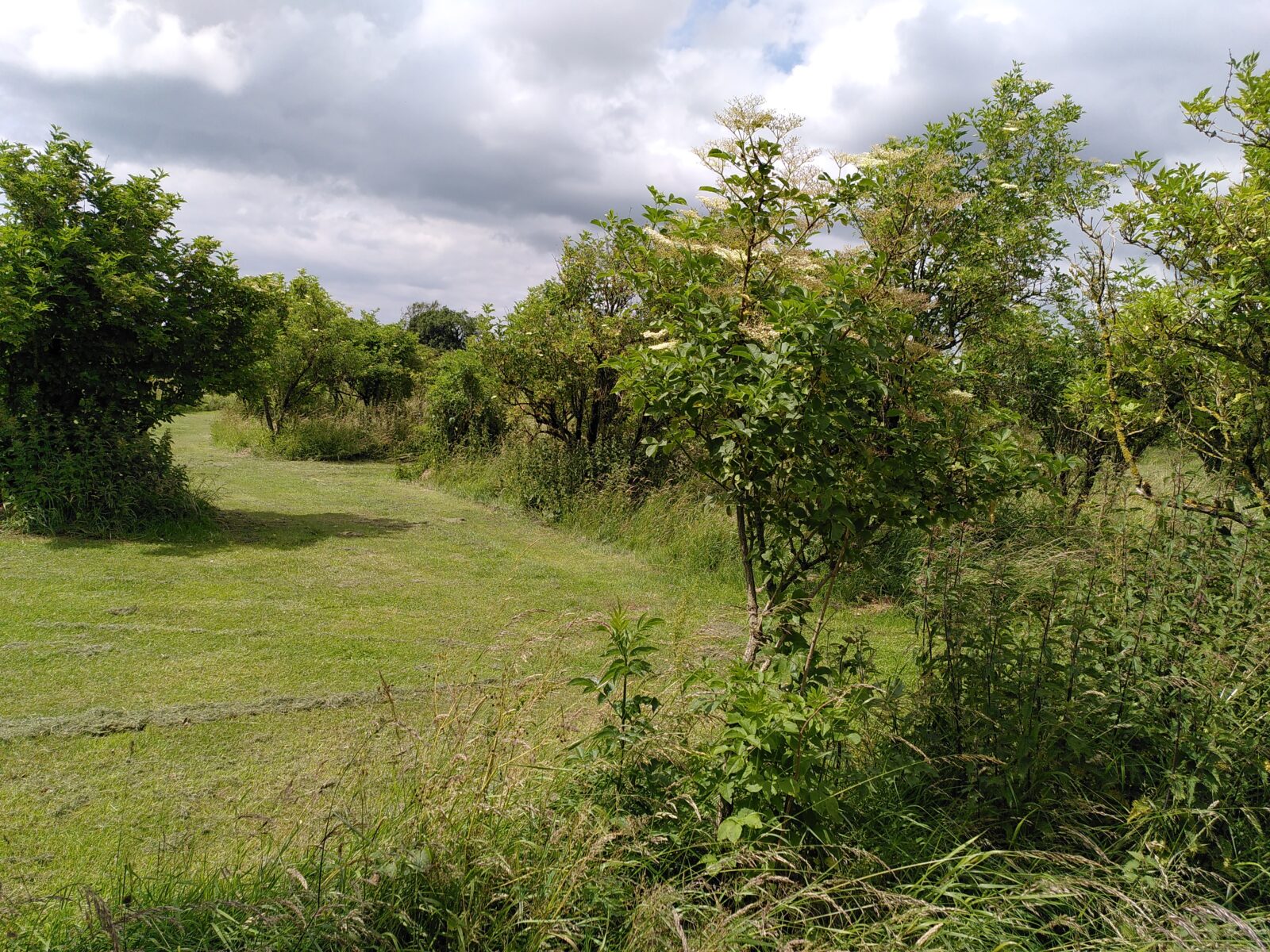St Bartholomew’s Day: feasts, fairs and ‘soiled doves’
Many years ago when I first took on an allotment on the Bartlemas site I knew fairly little about the Bartlemas hamlet which it curls around. But I recall being surprised, moved and delighted to find myself watering tomatoes and basil of an evening and hearing glorious music and voices coming from the chapel on …

